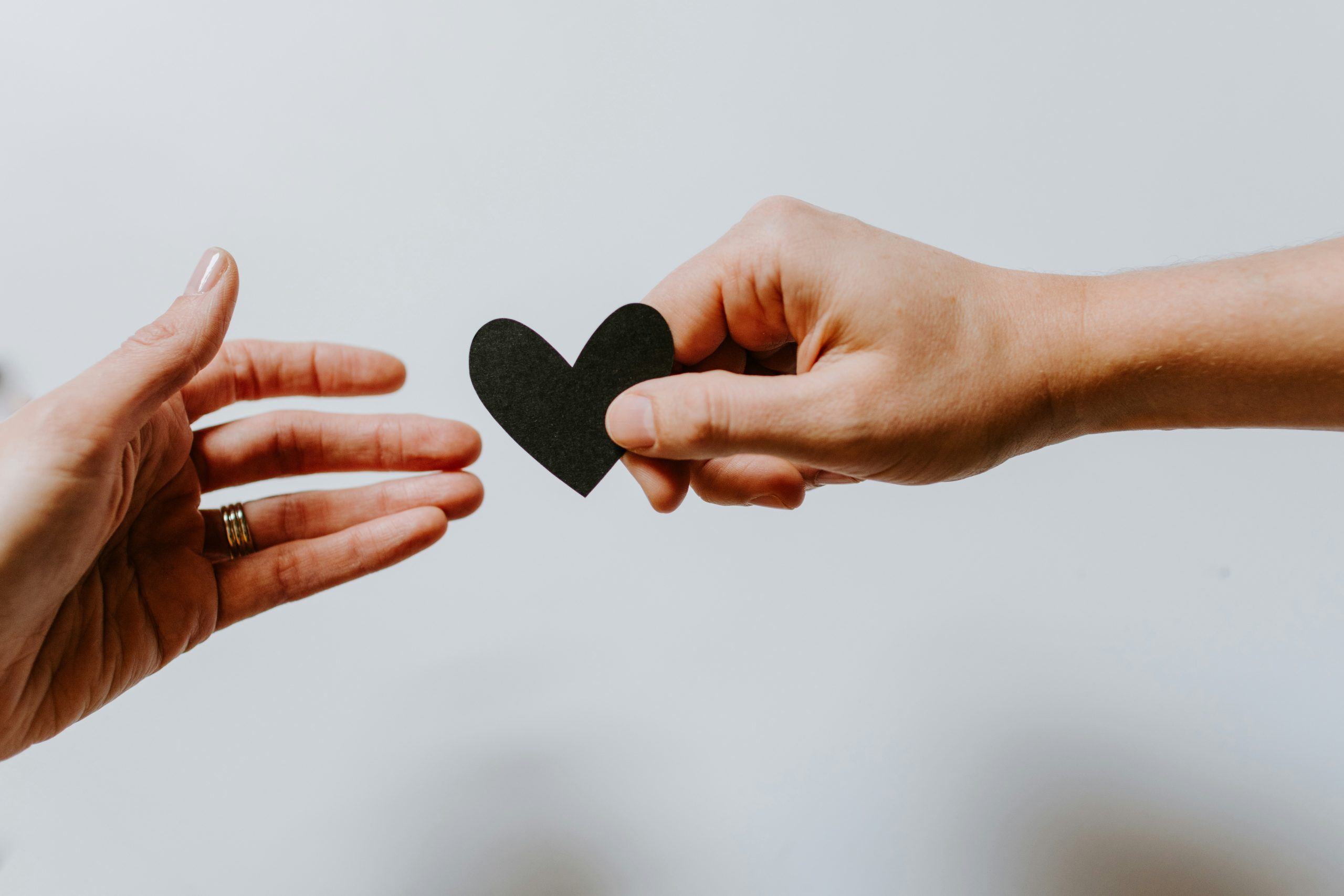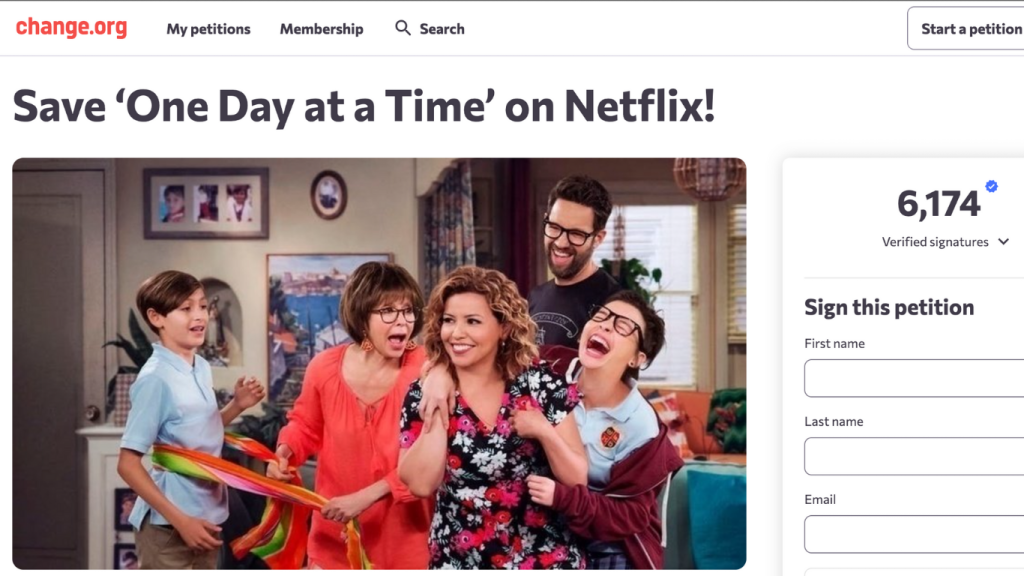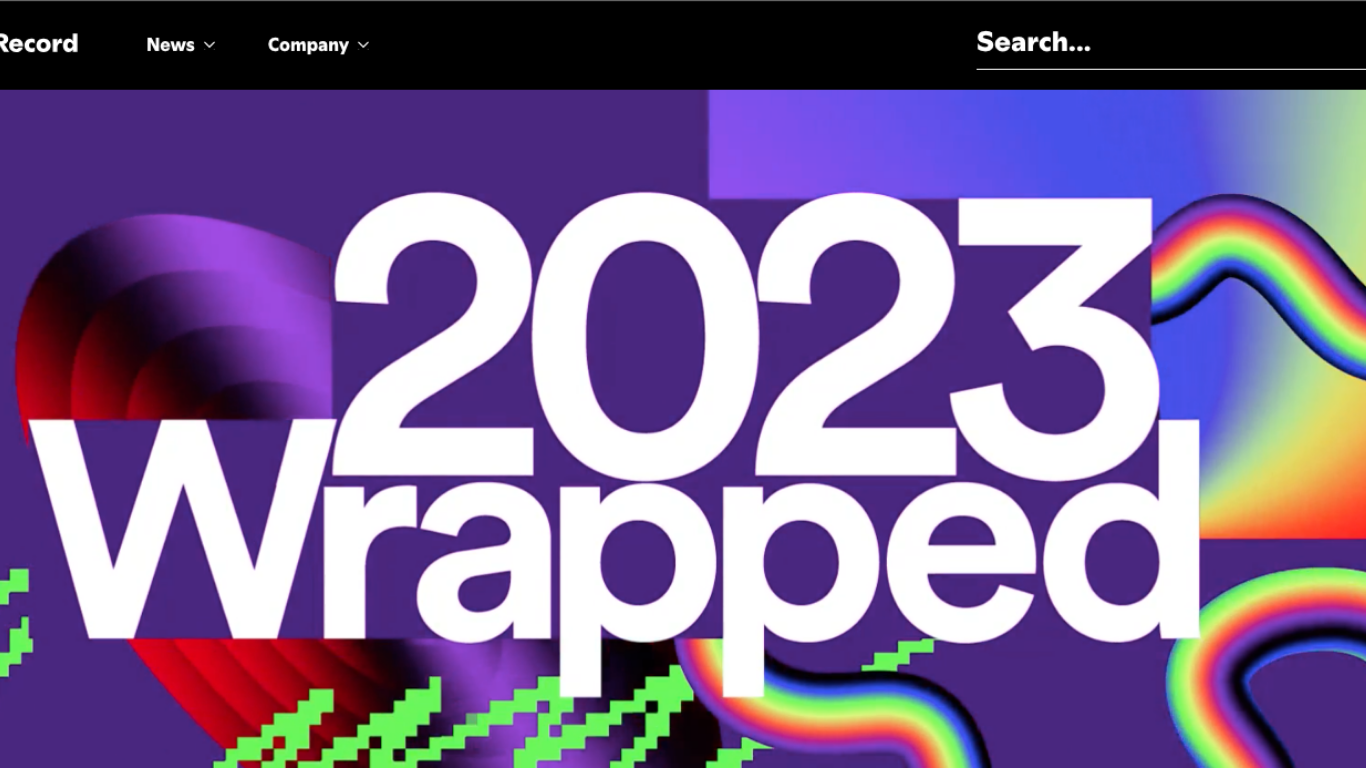Photo by Kelly Sikkema
Ever noticed how the brands that handle a crisis well are the ones with a strong community already behind them? It’s not a coincidence. Whether it’s a product fail, a social slip-up, or a full-on PR disaster, a loyal and engaged online community can be the difference between a momentary blip and a brand collapse.
So let’s look at what happens when brands invest in their online communities, and how those relationships show up in the moments that matter most. And then some examples of brands that left their community wanting.
First, Understand That Your Online Community Is Your Safety Net
Community building isn’t just about engagement metrics. Though high numbers of likes and views might make you feel good (or look good to some stakeholders), they are not the only things that matter. It is important that as you build your online community, you also are building trust.
You don’t want to wait until two hours before your school bake sale to try and sweet-talk your neighbor (that you’ve never even said hello to) into lending you sugar. In the same way, you can’t crowdsource loyalty in the middle of a meltdown. You have to build those relationships before you ever need to lean on them.
Brands That Got It Right (Because They Put in the Work)
1) Netflix: “One Day At A Time”
- In 2019, Netflix cancelled the popular show One Day At A Time, which received huge pushback from the diverse fanbase.
- What Netflix Did Right: They acknowledged the disappointment, didn’t ignore the conversation, and gave fans tools to petition for renewal. The show was eventually picked up by Pop TV — showing how fan communities can influence decisions.
2) Canva: Supporting Educators During COVID
- During the early days of the pandemic, Canva quickly offered free premium tools to educators and nonprofits.
- What Canva did right: Their community saw this offering as a generous, values-driven move. That wasn’t the end of it, though. Canva also engaged teachers directly in Facebook groups, co-created templates, and built long-term resources. They exemplified that in a crisis (like a pandemic) be generous first, and the community goodwill will last long after.
3) Spotify: When Wrapped Went Wrong
- In 2023, some users experienced bugs when trying to view their Wrapped stats — and they were not quiet about it.
- What Spotify Did Right: Their social media team responded quickly, acknowledged the bugs, posted regular updates, and even made jokes with the community as they worked on fixes. Ultimately, it showed a little humor and transparency goes a long way, especially if you’re actively engaging while you troubleshoot.
When Brands Are Silent Or Spin
1) Balenciaga: The Ad Campaign Controversy
- In 2022, Balenciaga released an ad campaign featuring disturbing imagery, sparking a huge backlash.
- What Went Wrong: The brand deleted posts without explanation, blamed partners, and didn’t address community concerns directly at first. Silence and deflection damage community trust. Accountability must be swift, direct, and sincere.
2) HBO Max – The “Intern Email” Tweet
- In 2021, a test email accidentally went out to a large segment of HBO Max subscribers.
- What Went Wrong: Instead of being proactive, the platform stayed quiet — until a community member started a viral thread.
- What Helped Redeem It: They eventually joined the joke (“Yes, it was the intern”), but only after the community shaped the narrative. HBO was extremely lucky because the humor of their community saved them. That being said, they were not ahead of the messaging and therefore were unable to shape the narrative.
3) Frito-Lay – Worker Strikes and Silence
- In 2021, Frito-Lay factory workers protested poor working conditions. On social media, the brand said nothing — while continuing to promote snacks and memes.
- What Went Wrong: Ignoring a major issue while continuing with business-as-usual content made the community (and the public) feel unheard. You can’t compartmentalize your community. If something serious is happening offline, you need to respond online.
What Do These Examples Teach Us?
There are many lessons to be taken away from how these different companies handled themselves in times of crisis. It’s important to remember that a crisis can be something big (like a pandemic) or smaller (like a strange email), but all are opportunities for your company to connect to your community. Remember:
- Be transparent early, and as often as possible.
- Let your community talk to you – not just about you – and be prepared to respond.
- Give your social team (or whoever manages your accounts) room to be real. No one wants a robotic “we value your feedback” during a crisis.
- Community isn’t a side dish. It’s the main course when things get tough. Don’t Wait for a Fire to Find the Bucket
If you’ve been treating your online community like an optional add-on, consider this your wake-up call. Building a strong, engaged audience now is what gives you room to breathe when something goes wrong later.
Want to make sure your brand is crisis-ready and community-centered? The National Institute for Social Media offers a Crisis Management Short Course, which can help you build strategies that hold up — even when the comment section is on fire.
Author Bio:
Cassandra Hultgren was an intern at the National Institute for Social Media, where she gained experience in social media strategy and began pursuing her Social Media Strategist certification. She graduated from Luther College in 2024 with a degree in Communications and French, which means she can explain a branding campaign and order croissants correctly. Now based in sunny Arizona, when she’s not crafting content or juggling hashtags, she runs a coloring book business and explores her love for all things visual communication—markers and metrics included.






0 Comments